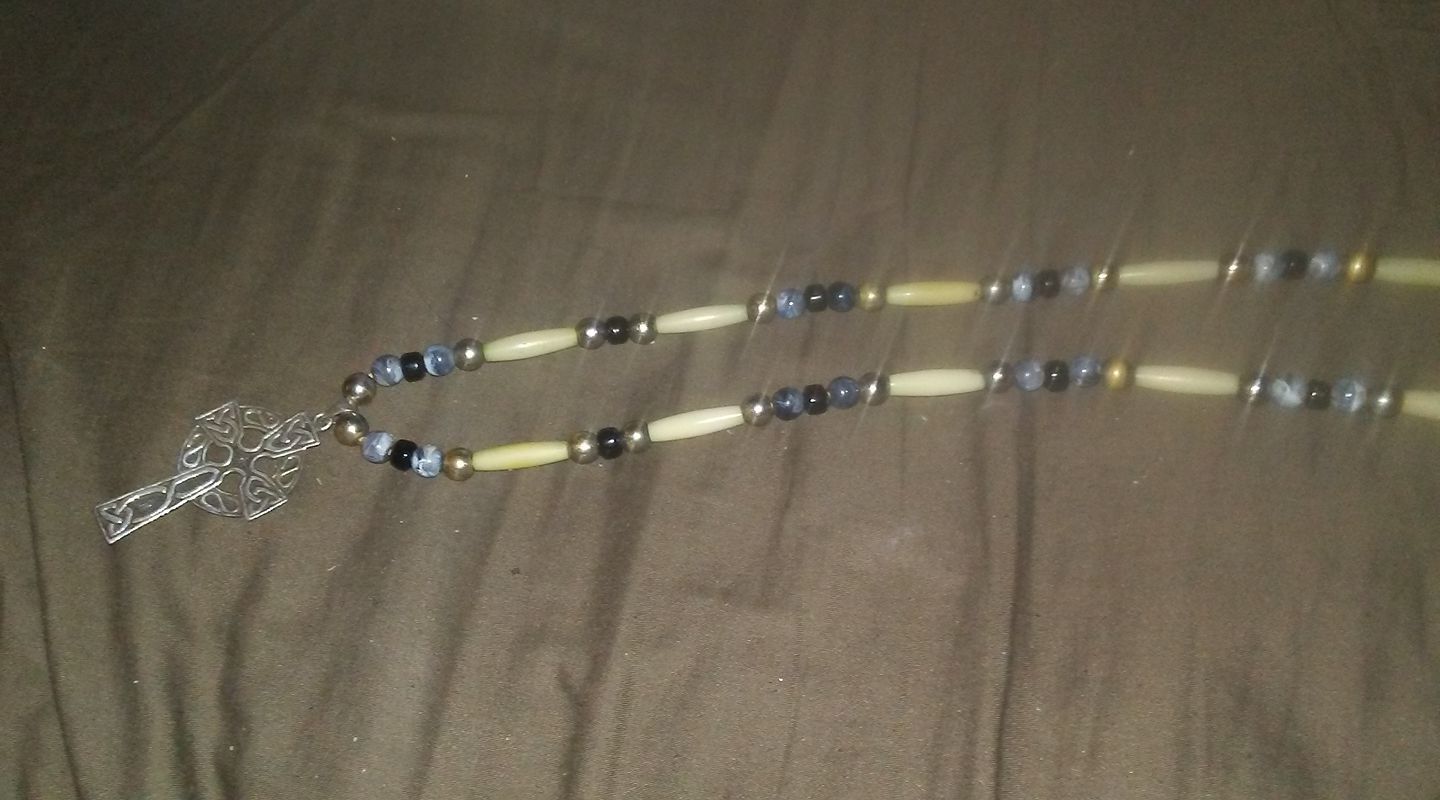I love that thought, and I would be honored to share a bit of my story here…
My mother adopted me when I was 6 months old, after being rendered childless and unable to ever bare one due to health issues and cancer 3 years before. She grew up on a “borrowed” farm, that belonged to one of her grandfather’s sisters, so their land was never theirs. It was not till 10 years before I joined the family that the 13 acers I knew as my grandparents was part of the family. Her father was a b-17 boomider (a warrior), and her mom a rosey-riviter who went on to be a nurse (a healer)… it was from my grandma my love of healing was passed to me, and she loved learning about herbs with me. My mom worked with children in the religious - Christian world, and home schooled me (a teacher). She knew my father since she was 13 and he was 11, but didnt look at him till college due to him being her brother’s age. He is a a carpenter and concrete worker - head foreman(master woodworker/stoneworker ). She was generous and a bargon shopper (which lead to her hording - in the name of helping others), and encouraged me to find my own path, and study what I love to learn. My journey into rewilding in depth began, when the void was created by her death due to her second battle with cancer. She was 69. The choker was one of her most worn necklaces, and broke the first time I attempted to put it on. Until me, they didnt even know much about their clans beyond mom’s (Mac Giolla Phadriag).
I adopted Fox along with Feathers as my personal symbols,
My husband adopted the Badger and it’s claws as his symbols.
We use the Red-Tailed Hawk as our Family Animal.
As to my Celtic names that I know they are as follows.
-
Welsh -Lancelot ( from the man who was Gwen na Vers cousin and protector) Animal is Horse and Wolf-Hound
-
Irish - MacGiollaPhadriag (ruled in the reigion of Ossory Ireland from the bc’s to 1930s) Animal is Lion and Dragon
-
Galatian - Amyntas of Galatia (the last king of Galatia) - Symbolized by the Oak
-
Scottish - MacNicols (Nickles now) - Animal is Hawk
I also have Viking via Ragnar Lothbrok if the stories are to be believed from that line .

